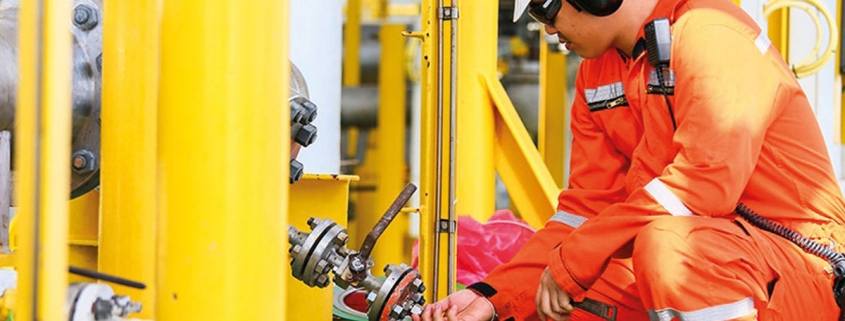How VOC Meter Detects Compounds
To detect dangerous compounds, these detectors rely on PID photoionization. One of the newest and most accurate technologies available today, this process can ionize molecules using ultraviolet light, and then measure the electron levels and their flow. In doing so, they can detect various combinations of toxic and combustible gases, allowing them to be used in multiple types of industrial environments.
Programmable Controls
To ensure volatile organic compounds are detected as quickly as possible, VOC monitors are now equipped with programmable controls that virtually eliminate false alarms and allow for strict security parameters to be maintained when calibrating the detectors. Since only select management personnel and emergency workers are usually authorized to change calibration settings, these controls ensure the detectors will produce accurate results.
Optional Alarm Relays
Considered one of the biggest technological advances in VOC detection, optional alarm relays allow sensors to be equipped with light, horns, vibration, and other warning systems that can help employees learn of impending danger.
A Safer Workplace
Since workers in numerous industrial facilities work around cleaning products, paints, and other solvents on a daily basis, it’s important to have detection systems in place that are reliable and accurate. With the many technological advances such as optional alarm relays, programmable controls, and photoionization, it has become much easier to make factories, processing plants, drilling platforms, and other areas much safer. If you have additional questions about how these detectors can keep your workplace safe, contact a consultant at Unitec. By being able to speak with a qualified industry professional, you will have your questions answered and be able to make the best decision for your company.
Statement: Part of the information in the article is coming from technology articles, In case of infringement, pls contact me to delete it.


